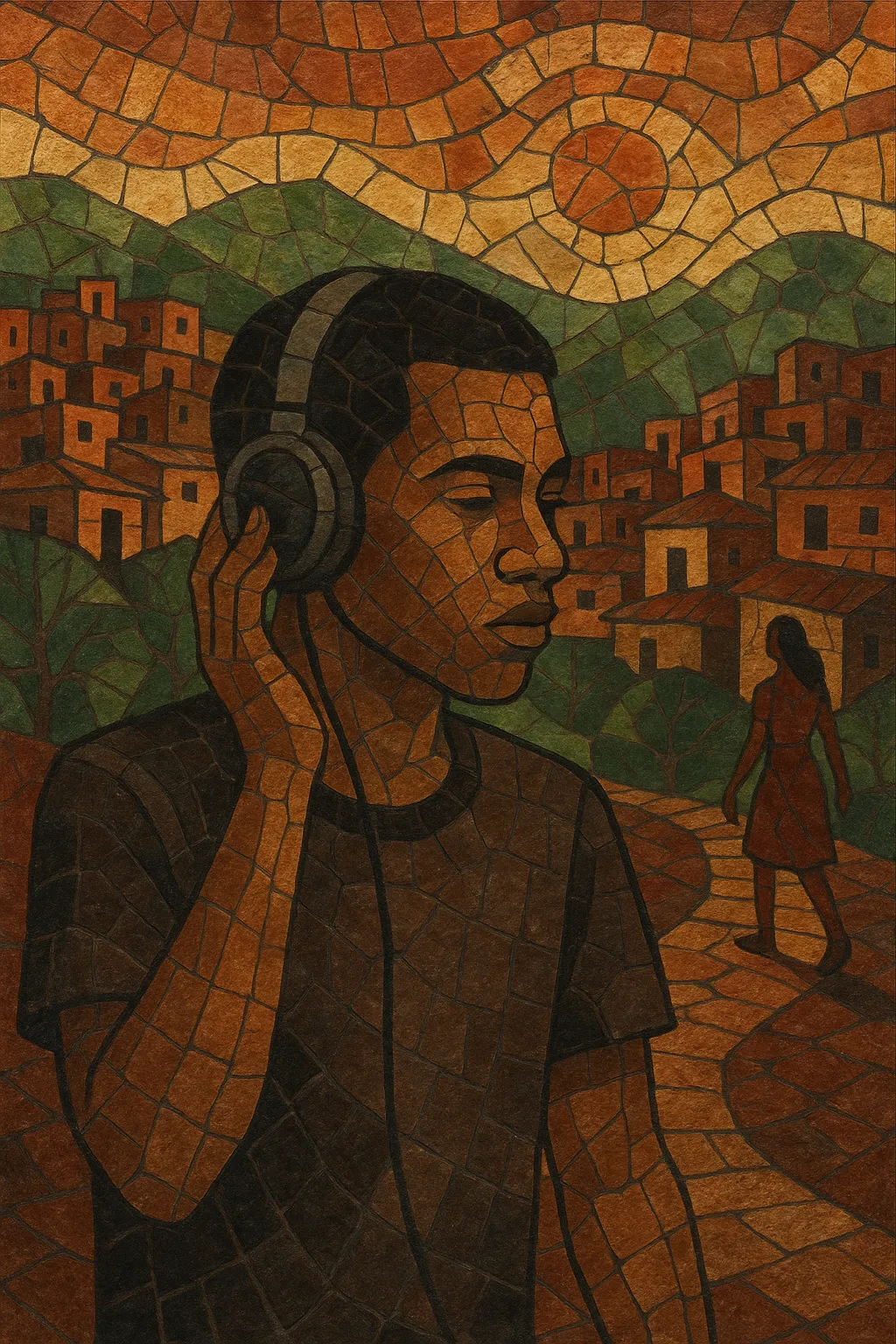Funk consciente is a socially minded current of Brazilian funk (funk carioca) that foregrounds reflective, narrative lyrics about everyday life in the favelas, work, faith, romance, and perseverance. Instead of the hedonistic or explicit themes common in baile funk, it emphasizes “consciência” (awareness) and messages of uplift and survival.
Musically it uses the same rhythmic DNA as funk carioca—tamborzão, rasterinha/rasteirinha grooves, and modern 150 BPM variants—while often opting for mid‑tempo, lyrically clear arrangements with simple, minor‑key chord loops, melodic hooks, and clean vocal production. The result is danceable yet thoughtful tracks that travel easily between street bailes, streaming playlists, and radio.
Funk consciente arose inside Rio de Janeiro’s early funk carioca scene in the 1990s, when MCs began using baile funk’s Miami bass–derived beats as a vehicle for socially aware storytelling. Iconic examples such as Cidinho & Doca’s “Rap da Felicidade” captured the realities and aspirations of favela life, setting a template for reflective, message‑driven funk alongside more party‑oriented strains.
In the 2010s, a new generation from São Paulo’s peripheries and the Baixada Santista revitalized the style. MCs blended conscious narratives with melodic hooks, sometimes drawing on slower rasterinha grooves to give space to the lyrics. This period overlapped with the commercial boom of other strands (e.g., ostentação), but funk consciente carved its lane with themes of work ethic, family, faith, and “superação” (overcoming adversity).
Streaming platforms amplified regional scenes, and producers integrated trap textures, smoother R&B harmonies, and acoustic guitar or piano layers while keeping baile funk percussion at the core. The cross‑pollination helped shape trapfunk and informed the lyrical tone of many contemporary funk/rap hybrids, while funk consciente remained a touchstone for socially grounded songwriting in Brazilian popular music.


